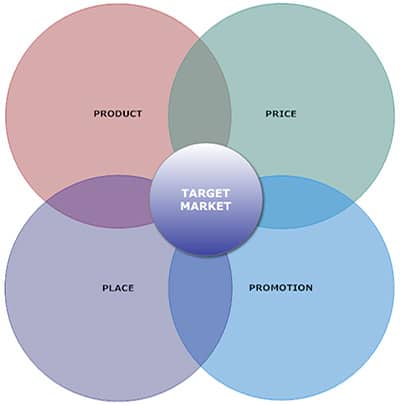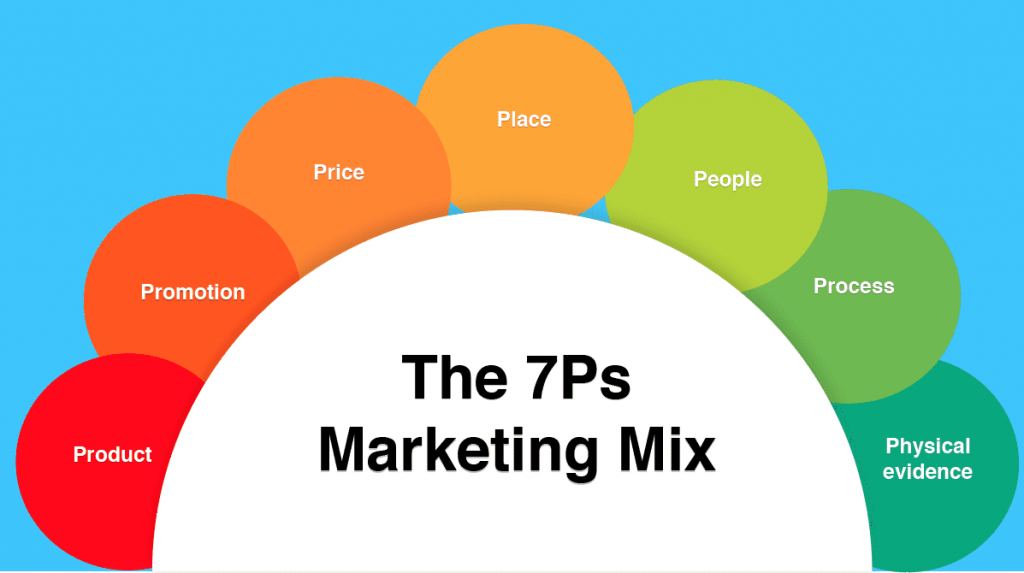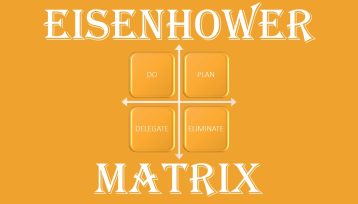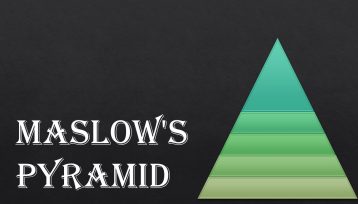A Marketing Mix model is the main element of any business strategy. The model is simple and universal in use and can be used as a checklist for the effective development of a company’s product strategy on the market. Because of its simplicity, anyone can use the marketing mix model, even a person who is not a marketing specialist.
Initially, the marketing mix consisted of four elements (4P), subsequently became more complex and as a result went into the marketing mix of 5P and 7P.
It is believed that the marketing mix model includes all the necessary product parameters that a marketer can control and develop for the effective promotion of goods on the market. The purpose of the marketing mix is to develop a strategy that will increase the perceived value of the product and also help maximize the long-term profit of the company in the market.
Basic Model: Marketing Mix 4P
Initially, the marketing mix included only 4 main elements: product, price, place of sale, and product promotion. Such a marketing model is called the 4P basic model: product, price, place, promotion.
The Product element answers the question “What does the market or target audience need?”. The Price element helps to determine the selling price of the goods and assess the level of sales profitability. The Place element helps to build the right distribution model, and the Promotion element answers the question “How will information about the company’s product be distributed on the market?”.
Product
The product is what the company offers the market and the consumer. A product can be either a physical product or a service. A product is the first thing in the marketing mix. A successful product is always built on understanding and satisfying the important needs of the target market.
Solutions to reflect in the marketing strategy at the level of Product:
- Brand symbols: name, logo, corporate identity
- Product functionality – necessary and unique properties of a product or service
- The required level of product quality – from the point of view of the target market
- Product appearance – style, design, packaging
- Variability or product range
- Support and level of service
Price
Price is an important element of the marketing mix. It is responsible for the final profit from the sale of goods. The price is determined based on the perceived value of the product by the consumer, the cost of the product, the prices of competitors and the desired rate of return.
Solutions to reflect in the marketing strategy at the level of Price:
- Price entry strategy
- Retail price – it is necessary to correlate the selling price of the goods with the desired retail price if the company is not the last link in the sales chain
- Pricing for various sales channels
- Package pricing provides for the simultaneous sale of several company products at a special price level
- Availability of seasonal discounts or promotions
- Promotion policy
- The possibility of price discrimination
Place
The place of sale ensures the availability of the product for the target market and means that the company’s goods must be present in the market in the right place at the right time.
Solutions to reflect in the marketing strategy at the level of Place:
- Markets where it is planned to sell goods
- Distribution channels through which it is planned to sell the goods
- Type of distribution
- Terms of distribution
- Inventory management and logistics
Promotion
In the context of the marketing mix, promotion refers to all marketing communications that allow you to draw consumer attention to the product, generate knowledge about the product and its key characteristics, create the need for the purchase of the product and repeat purchases.
Promotion includes advertising, a promotion at points of sale, search engine optimization, PR, direct marketing, etc.
Solutions to reflect in the marketing strategy at the level of Promotion:
- Promotion strategy: pull or push
- Required marketing budget
- Target values of knowledge, consumption and brand loyalty among the target audience
- Participation in specialized events and shows
- Communication channels through which it is planned to contact the consumer
- PR strategy and event marketing
- Brand media strategy
Advanced Marketing Mix Models
As competition in all markets becomes more complicated, the 4P marketing mix model has also undergone changes and has become first a 5P model and then a 7P model.
The main components of the 4P marketing mix: Product, Price, Place, Promotion can be used by any company. The new 3P’s included in the 7P model: Process, People and Physical Evidence are more in line with the B2B market and are suitable for complex marketing in the service market.
People
The term appeared in connection with the development of relationship marketing and service marketing. The term People means people who can influence the perception of your product in the eyes of the target market:
- employees representing your company and your product
- sales staff who are in contact with the target consumer
- consumers who are “opinion leaders” in the category
- manufacturers that can influence the cost and quality of goods
The importance of these people is that they can have a significant impact on the perception of your product in the eyes of the target customer.
Therefore, in a marketing strategy it is very important to reflect:
- programs aimed at the formation of motivation, the development of the necessary skills and competencies of the company staff
- methods of working with “opinion leaders” and other people who can influence the opinion of consumers
- programs for loyal customers and VIP clients
- loyalty programs and educational programs for sales staff
- feedback collection methods
Process
The term refers to the B2B market and the market for services. The term describes the process of interaction between the consumer and the company. Particular attention is paid to this interaction since it serves as the basis for making a purchase on the market and forming customer loyalty.
The marketing strategy recommends separately reflecting programs aimed at improving the process of providing services to the target consumer. The goal is to make the acquisition and use of the service as comfortable as possible for the consumer.
Physical Evidence
The term refers to the B2B market and the market for services. The term describes what surrounds the consumer at the time of purchase of the service. The physical environment allows you to form the correct image of the company, highlight the distinguishing characteristics of the product.
In the marketing strategy they recommend to separately determine the physical environment and its key goals.






